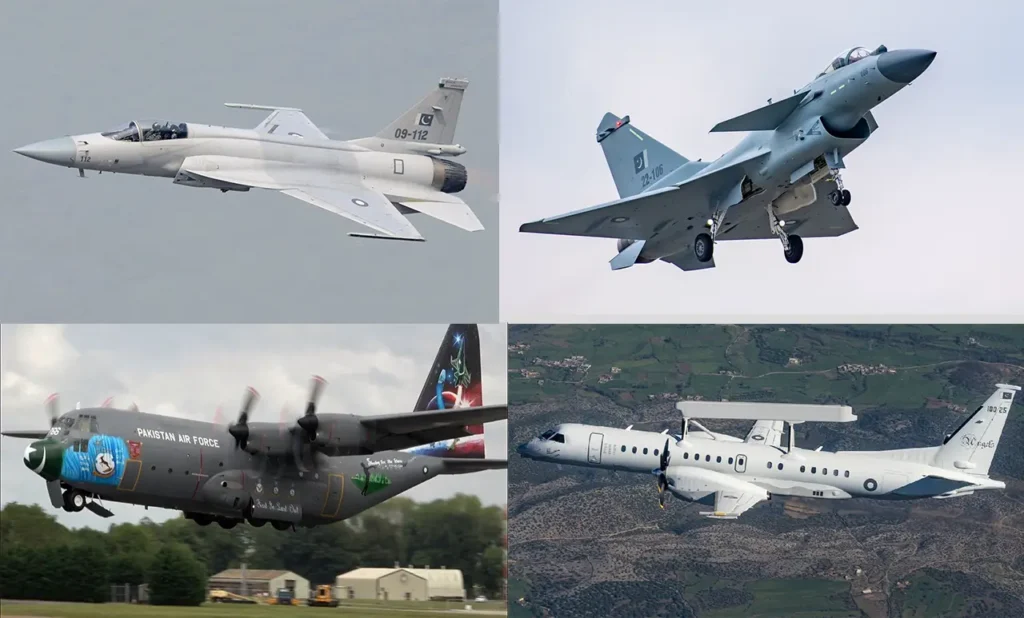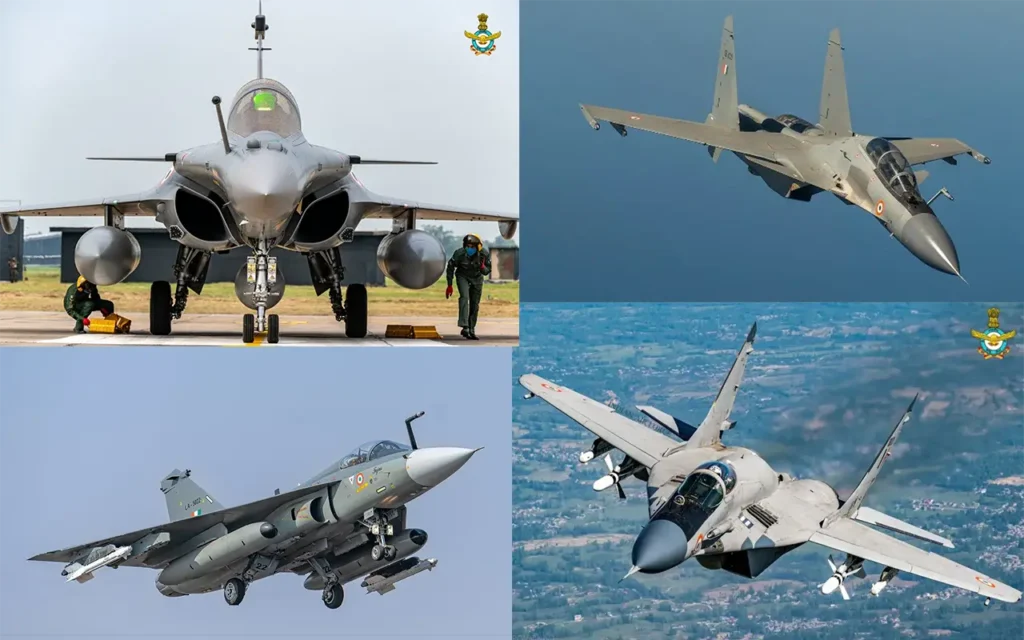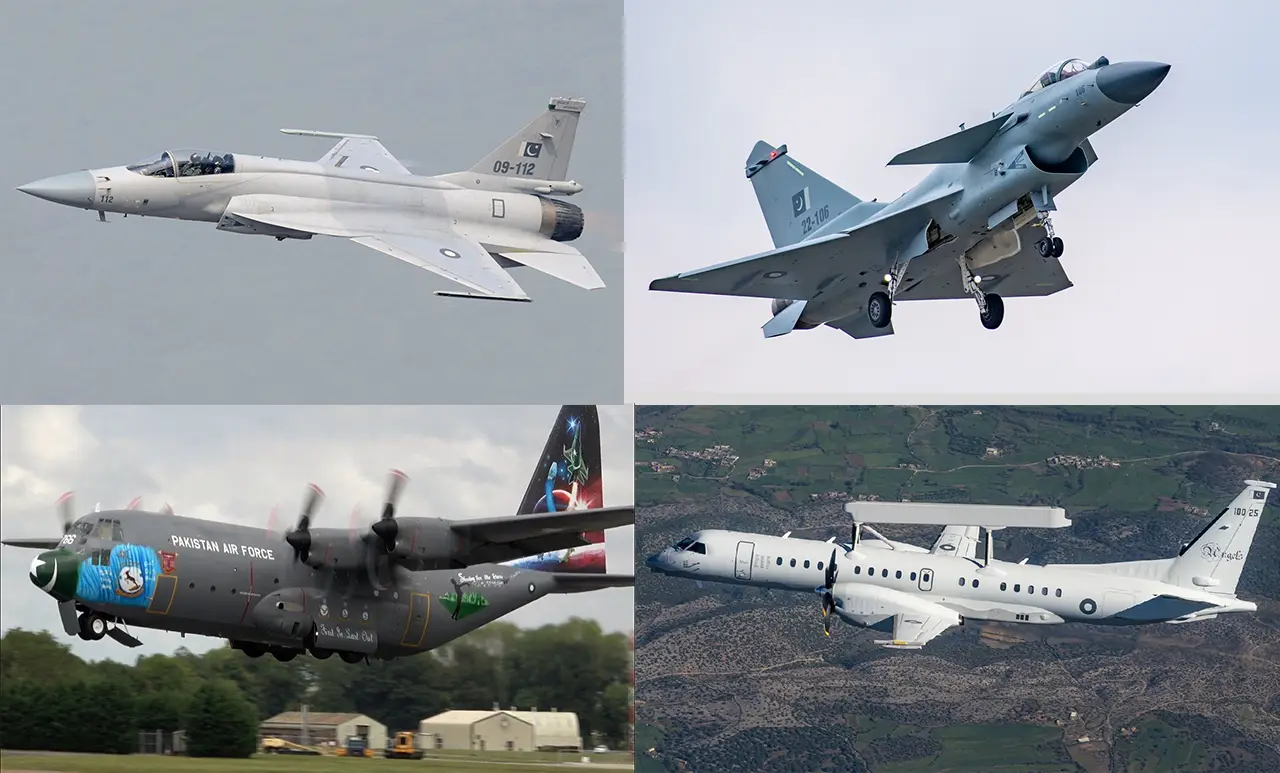A technical review of military operations from the recent India-Pakistan air conflict confirms that the Indian Air Force (IAF) inflicted significant losses on the Pakistan Air Force (PAF). According to top defence sources, Indian airstrikes led to the destruction of:
- 6 PAF fighter jets
- 2 high-value surveillance and support aircraft
- 10+ unmanned combat aerial vehicles (UCAVs)
- 1 C-130 military transport aircraft
- Multiple Pakistani cruise missiles and ballistic missiles
The data, still under analysis by the IAF, paints a picture of overwhelming air superiority and successful countermeasures during the brief but intense conflict.
These results stemmed from India’s use of air-launched cruise missiles and advanced air defence systems, underlining the IAF’s strategic dominance during the May 2025 border skirmish.

Indian Air Force Targets High-Value Pakistani Aircraft in Long-Range Strikes
According to sources directly involved in the operations, one of the key Pakistani losses was a high-value aerial platform—either an electronic countermeasure aircraft or an airborne early warning and control (AEW&C) aircraft. It was reportedly destroyed at a range of nearly 300 kilometers by a long-range Sudarshan strike.
Another AEW&C aircraft of Swedish origin was confirmed destroyed in an air-to-surface cruise missile strike on Bholari airbase. Officials believe more fighter jets may have been present in hangars at the time, but these potential losses have not been confirmed due to a lack of visible debris.
“We have inputs suggesting more fighters were inside the hangars, but since the Pakistanis haven’t cleared the wreckage, we are not counting those as confirmed losses,” one official said.
Drone Warfare: IAF Eliminates Chinese Wing Loong Drones and UCAV Fleet
The IAF’s drone operations achieved notable success, including the destruction of a C-130 transport aircraft in a strike over Pakistani Punjab. Notably, a joint mission by Rafale and Su-30MKI jets targeted a hangar and destroyed a significant number of Chinese Wing Loong medium-altitude long-endurance(MALE) drones, severely impacting Pakistan’s drone warfare capabilities.
In total, more than 10 Pakistani UCAVs were neutralized during the operation, highlighting the IAF’s growing proficiency in counter-drone operations.
Indian Air Defence Intercepts Pakistani Missiles
During the four-day conflict, Indian air defence systems successfully intercepted several Pakistani cruise and ballistic missiles aimed at Indian airbases. These interceptions further demonstrate India’s strengthened missile defence architecture.
Officials confirmed that the IAF used only air-launched weapons during the campaign, notably excluding BrahMos surface-to-surface missiles to control escalation.
Conflict Timeline: May 6–10
The conflict began on the night of May 6–7, when India launched retaliatory strikes against terrorist training camps in Pakistani Punjab and Pakistan-occupied Jammu and Kashmir. These strikes followed the Pahalgam terror attack, which claimed multiple Indian lives.

The fighting continued until the afternoon of May 10, when Pakistan requested a ceasefire in light of the significant military and strategic losses it had suffered.
IAF Continues Data Analysis
While the IAF continues to process the extensive data collected during the conflict, early findings suggest the strikes have significantly degraded Pakistan’s air and drone capabilities. Further details are expected as the analysis progresses.


Leave a Reply